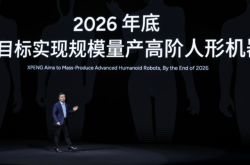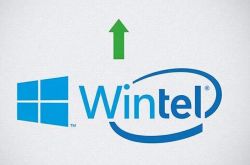The New MacBook Is Set to Make Its Debut! Boasting an iPhone-like Processor, Has Apple’s Strategy Taken a New Turn?
![]() 11/06 2025
11/06 2025
![]() 383
383
Will it once again become a bestseller?
Bloomberg reporter Gurman has just spilled the beans: Apple is gearing up to launch its inaugural low-cost MacBook device in the first half of next year, with a starting price that's 'significantly lower' than the current $999/¥7,999 range of the M4 MacBook Air series.
As the newest addition to the MacBook lineup, Apple's first low-cost MacBook device is currently undergoing rigorous internal testing and is already in the early stages of mass production by overseas partner suppliers.
According to Gurman's original report, this marks 'Apple's maiden voyage into the low-cost laptop market, aiming to lure users of Google Chromebook netbooks and entry-level Windows laptops.'
Gurman also divulged that Apple's first low-cost MacBook will sport a fresh design, equipped with an iPhone processor and a budget-friendly LCD display. The screen size will also be the smallest in the MacBook range, 'just a tad smaller than the 13-inch MacBook Air screen.'
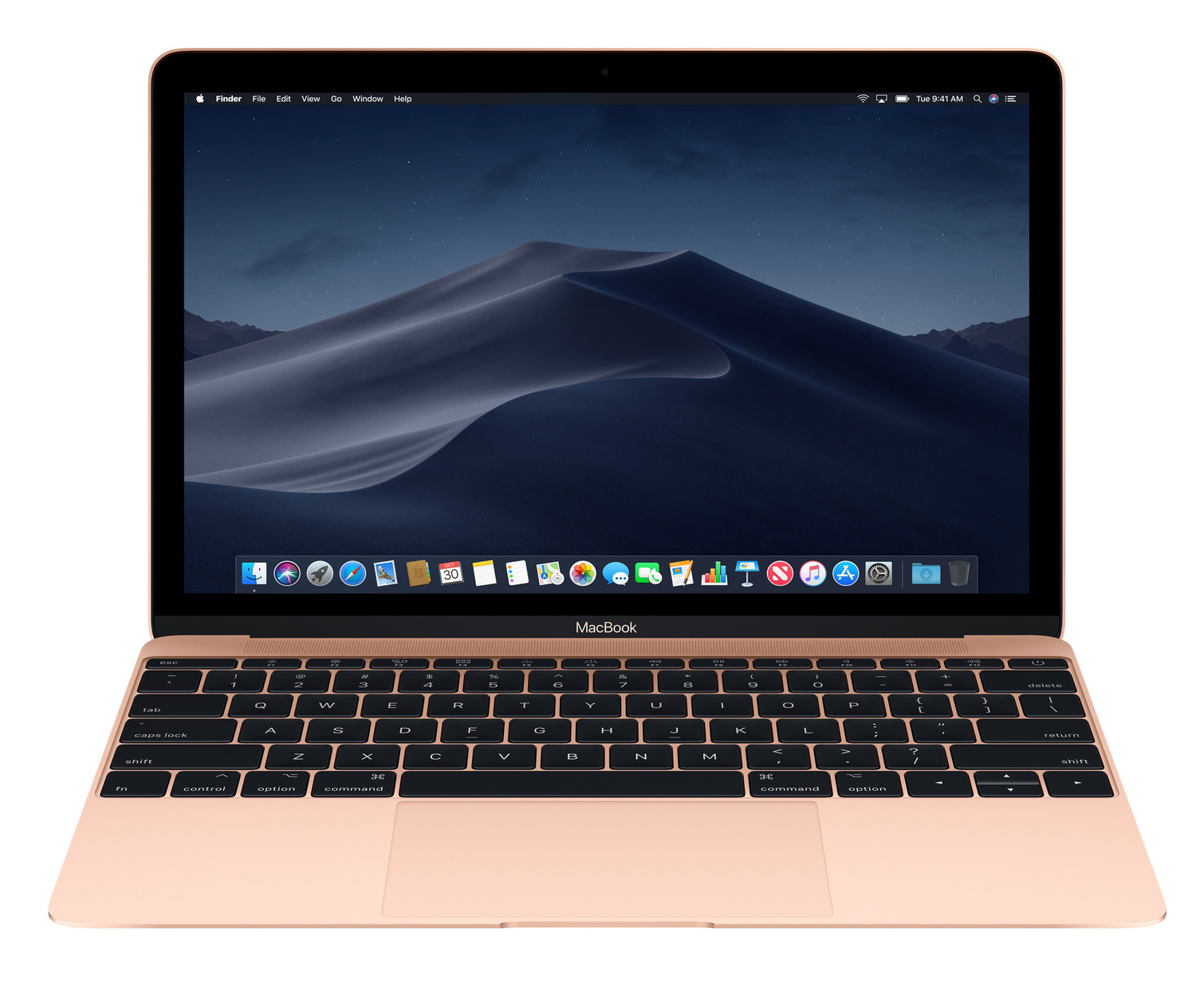
12-inch MacBook (Source: Apple)
'The New MacBook' Also Earns Classic Status
Upon hearing 'new design' and 'smaller screen,' Xiaolei instantly recalled a 'newcomer' Apple introduced to the MacBook lineup a decade ago: the 12-inch MacBook.
Debuting in 2015, the 12-inch MacBook was a testament to Apple's innovative prowess, emphasizing a lightweight design and being Apple's first fanless MacBook.
How lightweight was this 12-inch MacBook a decade ago? Its body thickness was a mere 1.32cm, and it weighed just 920g. For comparison, a decade later, the M4 chip 13-inch MacBook Air has a body thickness of 1.13cm and weighs 1240g. Even if a 12-inch version were added to the MacBook Air lineup, it would struggle to surpass the 920g weight of the decade-old MacBook.
But the innovation didn't stop there. Before the MacBook Air series, Apple introduced the 'Retina' screen to the 12-inch MacBook. Features like the multi-functional USB-C port, trapezoidal battery design, new Force Touch trackpad, and even the much-debated butterfly keyboard (later abandoned) all showcased the 'pioneering' spirit of the 12-inch MacBook.
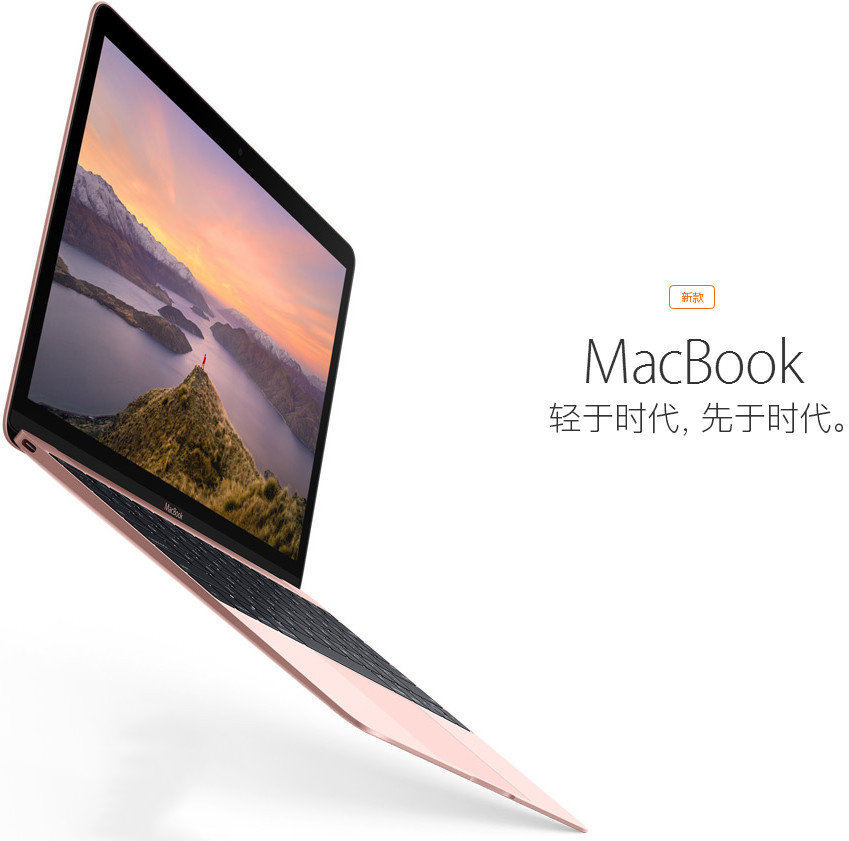
12-inch MacBook (Source: Apple)
In 2015, Apple aimed to create a 'lighter and more innovative' lineup alongside the MacBook Air, one that embodied the future technological evolution of Apple's MacBook. Thus, there was no intention to make it cheaper. Consequently, the 12-inch MacBook (equipped with an Intel Core M series processor), which had lower performance than the Air series, was priced even higher.
This MacBook series, tasked with 'pioneering exploration' in technology, came to an abrupt end after Apple released two iterative products in 2016 and 2017.
The predecessors plant the trees, and the descendants enjoy the shade. By the time the series stopped updating and with the debut of Apple's self-developed M series chips in 2020 (which primarily addressed performance and heat dissipation issues), many of the innovative features of the previous 12-inch MacBook, such as a thinner appearance, fanless design, USB-C port, and miniaturized motherboard, were better inherited by the MacBook Air series.
'The New MacBook' Makes a Comeback: Has Apple’s Strategy Shifted?
Compared to the 'New MacBook' that made a stunning debut a decade ago, the 'New MacBook' that Apple has begun early mass production of a decade later has undergone a complete transformation in terms of positioning and market strategy.
Firstly, in terms of pricing, the current information clearly indicates that this is a new product priced even lower than the entry-level MacBook Air. Apple's intention is clear: currently, the MacBook lineup is generally positioned as high-end in the global market. Below the mid-to-high-end MacBook Air series, Apple intends to create a new mid-to-low-end series, allowing the MacBook lineup to cater to a wider range of price-sensitive audiences, such as student groups. To some extent, it aims to compete with 'low-end' netbook categories like Google Chromebook for market share.
In the domestic market, referring to the official starting price of ¥7,999 for the MacBook Air series, the new MacBook planned for release next year may have a starting price of ¥5,999 or even ¥4,999. With continuous price adjustments by third-party channel vendors after its launch, the new MacBook is expected to further drop to the ¥3,000-4,000 price range, and it's not impossible to see it priced below ¥3,000 during major annual promotions.

M4 MacBook Air (Photographed by Leitech)
Secondly, the new MacBook planned for release in 2026 and the MacBook that debuted in 2015 have completely different missions, even though both are equipped with 'lighter' chip versions: one is an Intel Core M series, compared to Intel Core series processors; the other is an iPhone-like A series, compared to Apple's M series chips.
Specifically, the core mission of the upcoming MacBook series is to incorporate mobile phone chips. No matter how innovative the MacBook was a decade ago, it was impossible to equip it with an iPhone-like chip; however, a decade later, the MacBook can achieve this with more powerful mobile phone chip performance.
Gurman cited insider sources as saying, 'In Apple's internal testing, the performance of the new MacBook equipped with an iPhone-like A series chip even outperforms the MacBook Air equipped with an M1 chip.'
In fact, if you look at device benchmarking data, the A series chip in the latest iPhone has already surpassed some non-latest Apple M series chips.

(Chart Source: Antutu)
Who would buy a lightweight computer device equipped with a mobile phone chip? The new generation of 'native' users who grew up with mobile internet, the 'middle-aged and elderly' consumer groups who use computers like mobile phones, and the audience groups who are relatively price-sensitive towards computers. It's even possible that those who have purchased Pro/Max versions of the new iPhone would buy a MacBook 'new toy' priced at less than half, with seamless ecological experience integration.
Therefore, compared to the 'pioneering exploration' role of the MacBook a decade ago, the core mission of the MacBook a decade later is to 'comprehensively broaden the audience base for Apple's laptop devices.'
In fact, the M1 MacBook Air released in 2020 is still being heavily promoted by platforms with substantial subsidies and still has many loyal users. This itself shows that as long as there is a suitable price, there will be an audience in need of such lightweight laptop devices, even if they use mobile phone chips.

It's almost 2026, and the M1 MacBook Air is still being heavily promoted by platforms with substantial subsidies.
Finally, the development of the iPad product line in recent years is also proving one thing: which one do the vast majority of user groups need more, a tablet device equipped with a computer-grade chip or a laptop device equipped with an older chip?
Apple's iPad Pro series devices, which it has been continuously promoting for many years, and the concept of 'Your next computer doesn't have to be a computer' that it has been instilling, still cannot make the vast majority of user groups 'abandon computers and embrace tablets.' Behind this lies the deeply ingrained user habits of traditional laptop forms in the current era. At the same time, entry-level iPads and small-sized iPad minis are increasingly becoming the 'backbone' of Apple's iPad product line.
If the high-end computerization of the iPad is still immature, then why not take the opposite approach and make the MacBook low-cost and lightweight? This is also a path that better aligns with current user habits and market environment.
Will the Ultra-Low-Cost 'New MacBook' Be a Hit in the Domestic Market?
In recent years, the audience base for Apple's MacBook lineup in the domestic market has been expanding, thanks to the M series chip MacBook Air.
In the past year or two, with the implementation of national computer subsidies, the market presence and user appeal of new and old MacBook Air models have also been comprehensively strengthened.
In March this year, Apple's macOS surpassed its previous highest market share of 9.94% (during the pandemic) in the Chinese desktop operating system market, reaching 10% for the first time and setting a new historical high since statistics began in 2009.

(Chart Source: Statcounter)
However, there have been persistent rumors that national subsidies may cease starting in 2026. For the MacBook Air, which has an official starting price of ¥7,999, this is not 'good news.' With the debut of the new MacBook, which has a starting price 'far below' the Air series, Apple seems to have provided a new solution paradigm.
Therefore, compared to the MacBook Air series (especially new models), which only offer 'cost-effectiveness' after national subsidies, the new MacBook can achieve a certain level of 'cost-effectiveness' at its regular price. This undoubtedly holds significant importance for further boosting sales of Apple's MacBook lineup in the domestic market.
However, it is still unrealistic for Apple to significantly increase its market share in the domestic and global markets with just a newly designed MacBook series priced in the ¥3,000-4,000 range, or even the entire Mac product line. For example, the iPhone has been popular in the domestic market for so many years, and this generation's iPhone 17 series can be considered a 'sellout,' but it is not expected to bring about significant changes in Apple's current domestic mobile phone market share, even if it 'temporarily' regains the top brand in terms of sales volume.
The fierce competition in the domestic mobile phone market and the relatively fixed market share patterns among major mobile phone brands also exist in the domestic laptop and even computer markets.
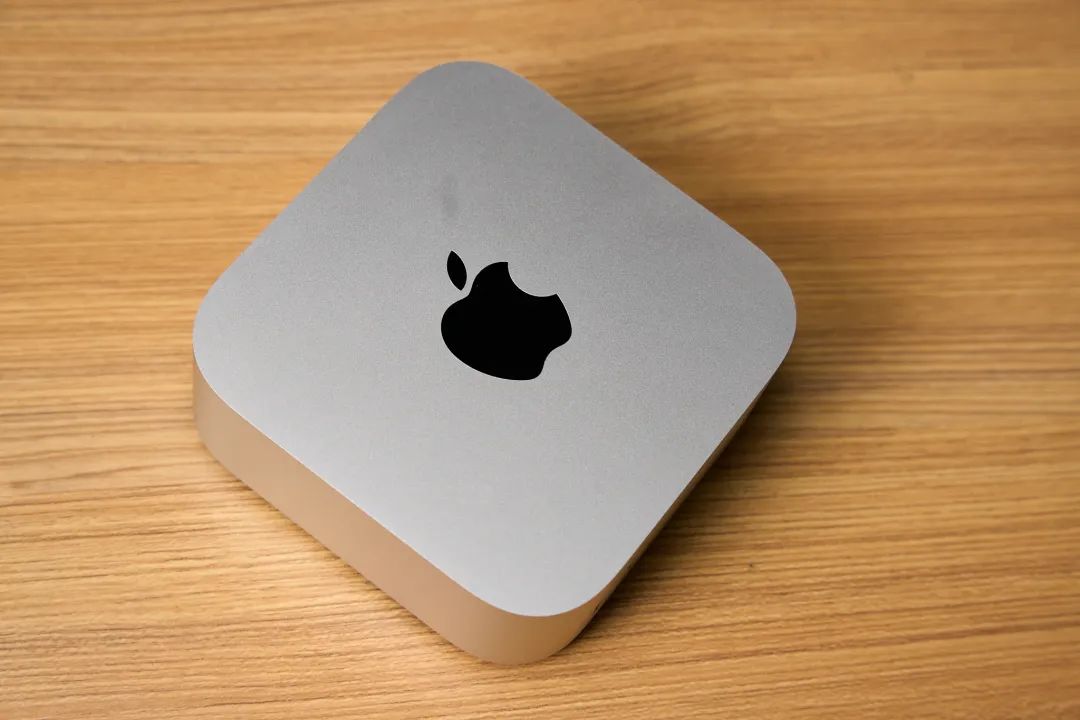
M4 Mac mini (Photographed by Leitech)
Moreover, the M4 chip Mac mini, which costs only a few thousand yuan after national subsidies, can indeed be considered a 'sellout' compared to previous generations. However, many netizens are also voicing their opinions, saying, 'It's cheap indeed, but what's the use of buying it?'
This year, Apple's macOS system has broken through the historical 'ceiling' of a 10% market share in the domestic market; however, to rapidly increase its market share from 10% to 15%, 20%, or even higher, relying solely on a newly designed and lower-priced MacBook series is clearly insufficient.


